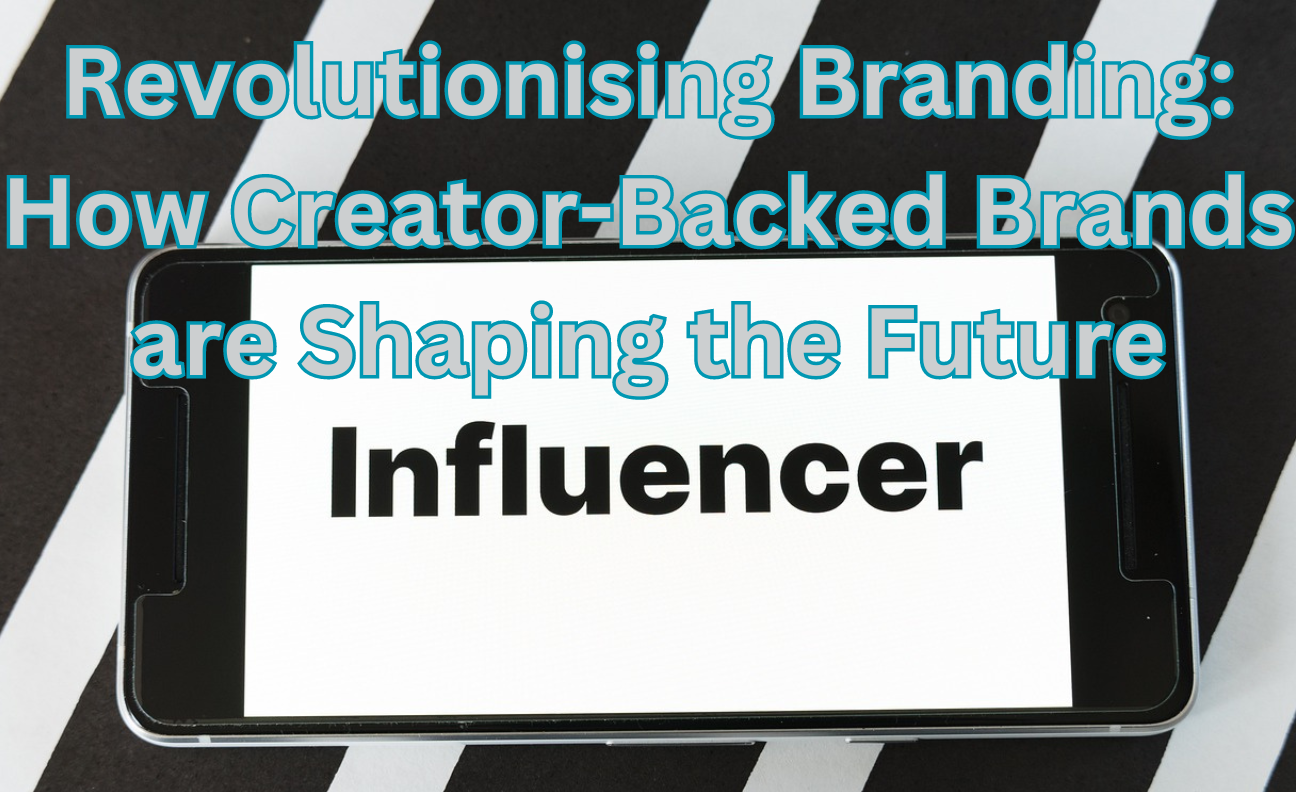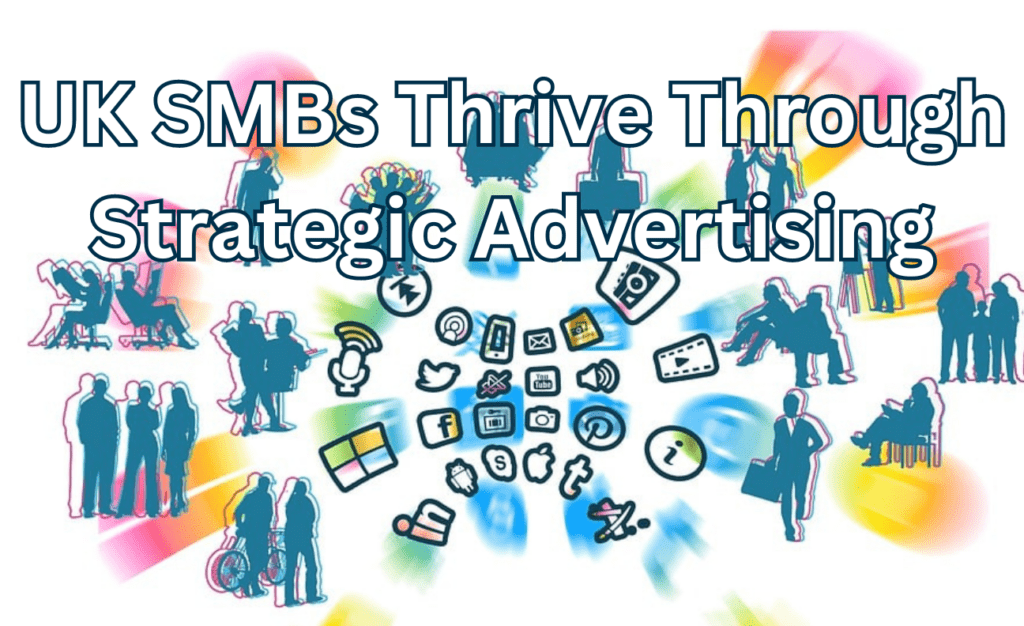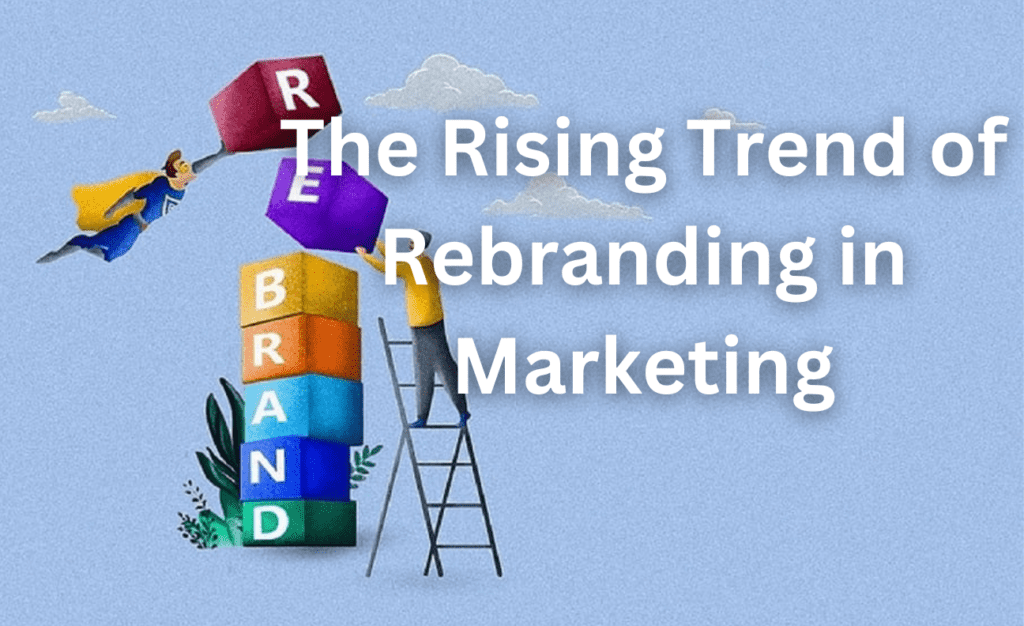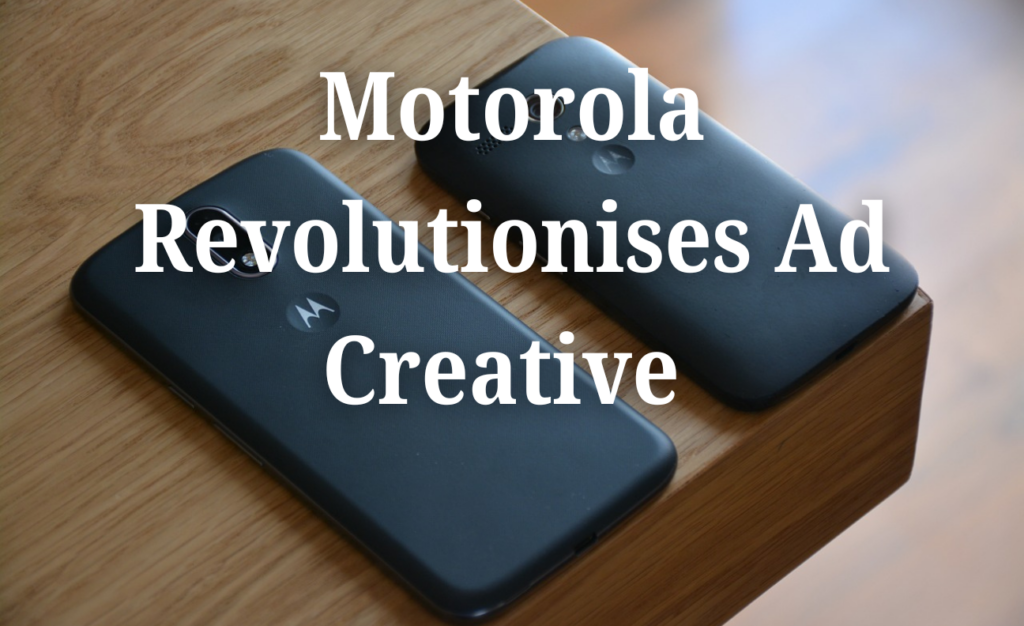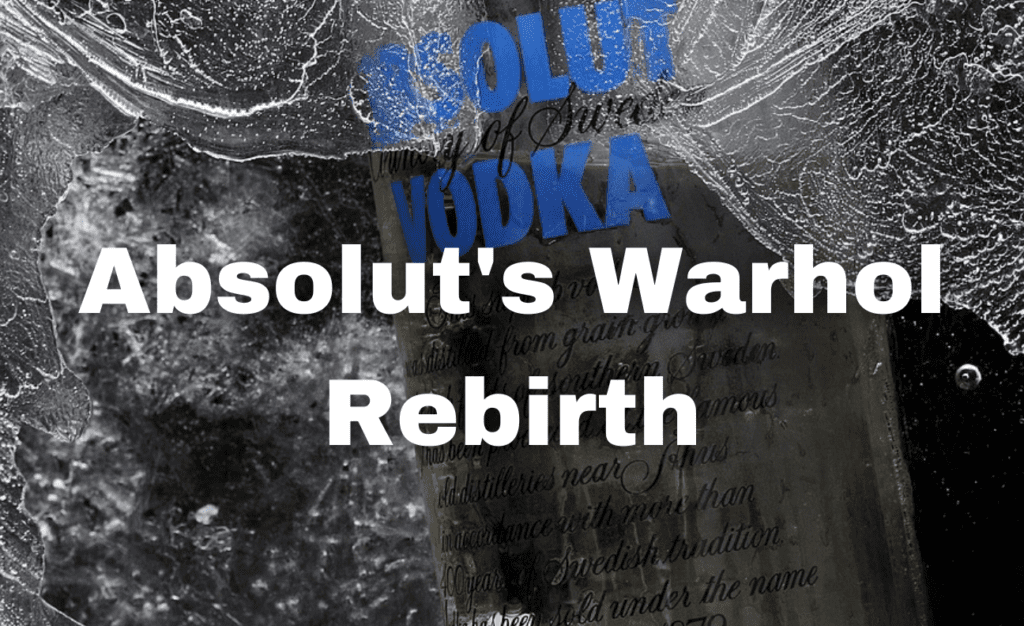In the rapidly evolving world of marketing, traditional business models are being challenged by a new phenomenon: audience-oriented brands led by internet creators.
Unlike the conventional product and market-oriented approaches, creator-backed brands are reshaping the landscape by leveraging their immense online followings to build powerful and dynamic brands.
The Rise of Creator Brands
In recent years, internet creators have captured the attention of both consumers and marketers. Creators, who have gained fame through their online content, are now making waves in the business world.
Among the most notable examples is the energy drink brand Prime, created by YouTube stars KSI and Logan Paul.
Despite a projected $1.2 billion in sales for 2023, Prime experienced a significant drop in UK sales during the first quarter of 2024, with a year-over-year decline of 50%, pushing it to bargain bins.
This development raises questions about the sustainability of creator-backed brands and their long-term viability.
@drinkprime PRIME Energy just hit the site – snag yours on DrinkPrime.com 💯 UK followers, don’t worry – PRIME Energy is coming to the UK in April! All statements are comparing the products depicted in the video. PRIME Energy is for ages 18+. #drinkprime #PRIME
♬ original sound – PRIME
Traditional Models vs. Creator Brands
Traditionally, businesses have followed either a product-oriented or market-oriented approach. Product-oriented businesses focus on developing a product or service and then finding an audience for it, while market-oriented businesses prioritise understanding and meeting market demands.
However, both approaches often fall short in today’s dynamic environment, where consumer preferences can change rapidly.
Product-Orientation
Product-oriented businesses emphasise creating high-quality products or services. They invest heavily in research and development to ensure their offerings stand out in the market.
However, this approach can sometimes lead to a disconnect between what the company believes is valuable and what consumers actually want.
Market-Orientation
Market-oriented businesses, on the other hand, invest time and resources in understanding market trends, consumer needs, and competitive landscapes. This allows them to tailor their products and services to meet existing demand.
However, this approach can sometimes lead to incremental improvements rather than groundbreaking innovations.
The Power of Digital Platforms
The success of creator brands is largely attributed to the reach and influence of digital platforms. YouTube, TikTok, Instagram, and Twitch have become breeding grounds for these modern influencers.
Prominent YouTube creators, like MrBeast, Like Nastya, PewDiePie, Logan Paul, and KSI have amassed millions of subscribers, creating vast audiences that rival the populations of entire countries.
MrBeast, for example, boasts 255 million subscribers, a number that surpasses the population of the United Kingdom.
These platforms enable creators to build deep connections with their audiences, providing content that resonates on a personal level. This direct engagement fosters a sense of loyalty and community that traditional celebrities often lack.
Creator Brands: A New Value Chain
The value chain for creator brands is fundamentally different from traditional models. For creators, the sequence is: Find an audience > Create brand > Create content > Sell products.
The audience remains at the core, guiding the brand’s evolution and product offerings. This flexibility allows creators to venture into diverse product categories without diluting their brand’s essence.
MrBeast: A Case Study
A prime example is MrBeast, who has expanded beyond his YouTube fame to launch MrBeast Burger, Feastables chocolate bars, Team Trees, and Beast Philanthropy.
Each of these ventures aligns with his brand’s core values of entertainment, philanthropy, and environmental consciousness, ensuring a consistent brand message across different products.
Prime: Success and Challenges
Similarly, KSI and Logan Paul’s brand Prime has made a significant impact, despite recent setbacks in sales. The brand’s initial success can be attributed to the duo’s massive online following and effective use of social media marketing.
However, the drop in sales highlights the importance of product quality and consumer satisfaction in maintaining long-term success.
The Future of Branding
The emergence of creator brands signifies a shift towards a more audience-centric approach in marketing.
Traditional businesses, which often remain tied to specific product categories, can learn valuable lessons from these new-age brands. The key takeaway is the importance of adaptability and audience engagement.
Audience-Oriented Branding Techniques
By focusing on audience-oriented branding techniques, traditional businesses can stay relevant in an ever-changing market. This involves not only understanding consumer preferences but also being willing to evolve alongside them.
As Zoe Scaman and other strategists have pointed out, the future lies in gatekeeper-free communities and fandoms that actively participate in the value creation process.
Conclusion
Creator-backed brands are challenging the status quo, offering a fresh perspective on how to build and sustain successful brands in the digital age. By prioritising their audience and remaining adaptable, these brands are setting new standards for consumer engagement and brand evolution.
For forward-looking businesses, embracing audience-oriented branding techniques could be the key to thriving in this dynamic landscape. As the marketing world continues to evolve, the lessons learned from creators will undoubtedly shape the future of branding.
What’s more, the ability to connect directly with audiences and adapt to their changing preferences is revolutionising the way brands are built.
Whether through innovative products, like Prime, or diverse ventures, like those of MrBeast, creator-backed brands are demonstrating that the future of marketing lies in understanding and evolving with the audience.
Traditional businesses would do well to take note and consider how they can incorporate these strategies into their own brand-building efforts.

